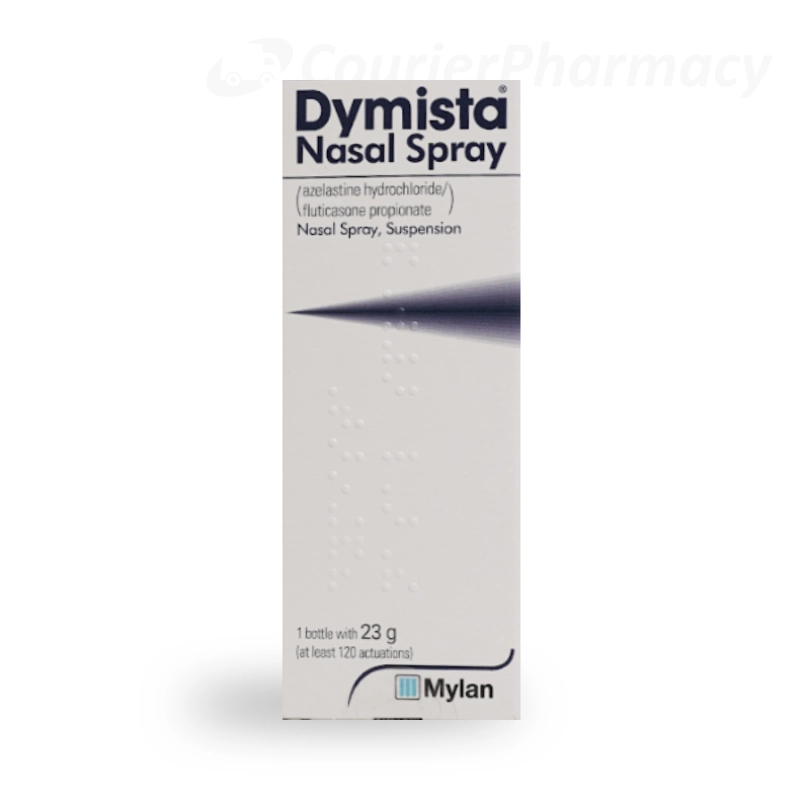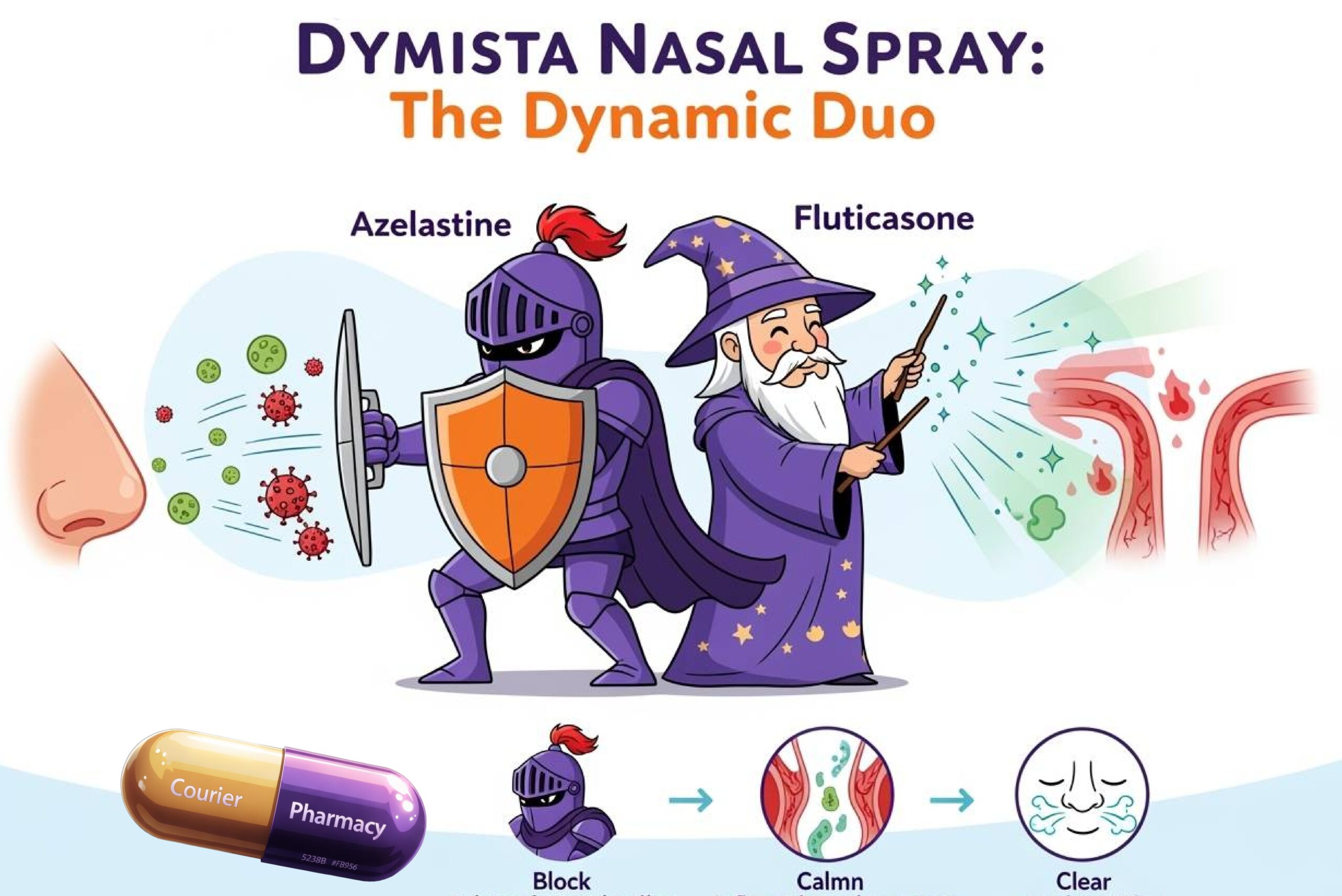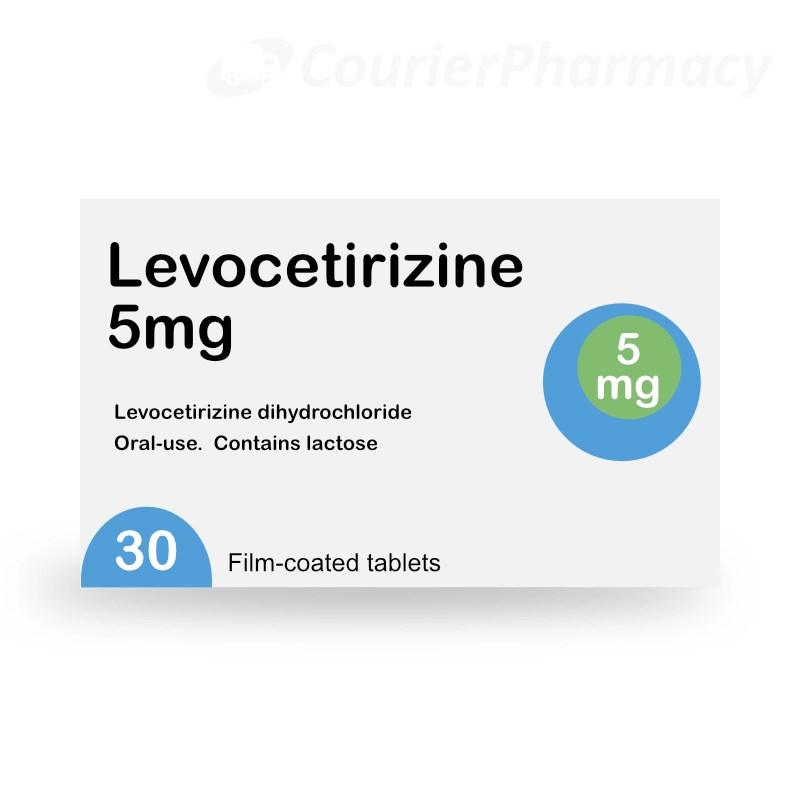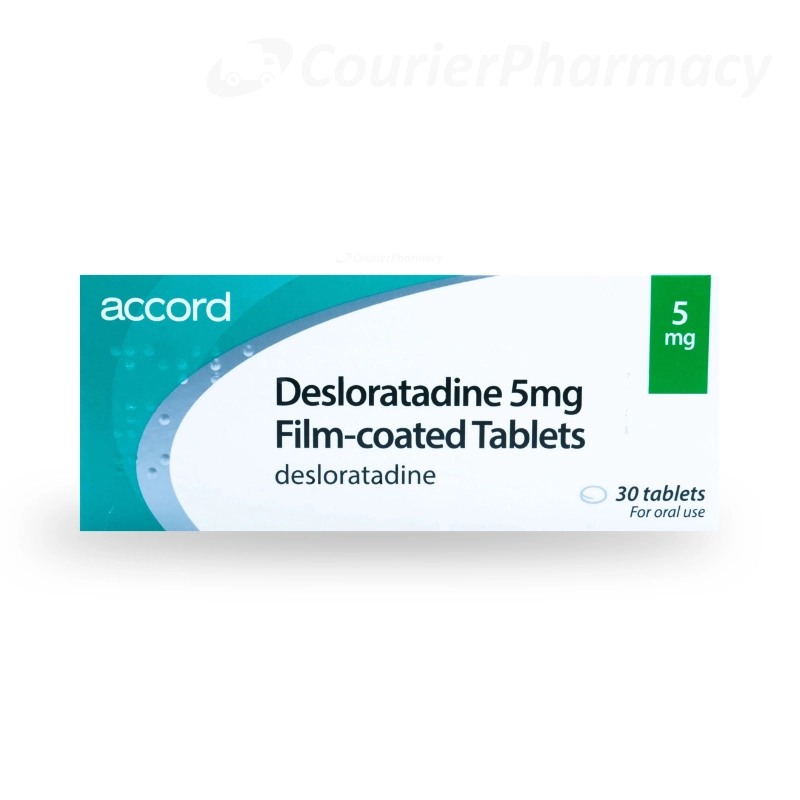Dymista Control nasal spray
Your friendly guide to Dymista nasal spray: what it is, how it works, and why it could be your allergy game-changer
Key takeaways:
- Dymista nasal spray combines an antihistamine and a steroid for fast, long-lasting allergy relief [ 1 ].
- Ideal for adults and teens over 12 who haven’t found relief with standard hay fever treatments [ 1 ].
- Most people notice improvement within 30 minutes—perfect for sudden sneezing fits or pollen spikes [ 2 ].
- Correct technique and daily use are crucial for best results [ 1 ].
- Side effects are rare and mild, but always check with your pharmacist if you’re unsure [ 1, 3 ].
Overview: Dymista nasal spray
Allergic rhinitis, or hay fever, affects about one in five people in the UK [
4 ]. For some, it’s a mild annoyance; for others, it means months of misery—sneezing, congestion, runny nose, and itchy eyes [
4 ].
Most allergy sprays either block histamine (the chemical behind sneezing and itching) or reduce inflammation. Dymista nasal spray does both, thanks to its clever combination of azelastine and fluticasone [
1 ]. This means you get rapid relief and long-lasting results, even when pollen counts are sky-high or you’re surrounded by pet fur [
2 ].

Active ingredient in Dymista nasal spray
Each spray delivers 137 micrograms of azelastine hydrochloride and 50 micrograms of fluticasone propionate [
1 ].
Azelastine blocks the action of histamine, while fluticasone reduces inflammation and swelling in your nasal passages [
1 ].
What is Dymista nasal spray for?
Dymista nasal spray is designed for people with moderate to severe allergic rhinitis—especially when other treatments haven’t worked [
1,
4 ]. It’s suitable for:
- Hay fever (seasonal allergic rhinitis)
- Year-round allergies (perennial allergic rhinitis) caused by dust, pets, or mould
If you’re tired of missing out on summer walks, picnics, or even a good night’s sleep because of allergies, Dymista nasal spray could be the answer.
This spray isn’t for children under 12, but it’s a lifeline for teens and adults who want to reclaim their days from allergy symptoms [
1 ].
How does Dymista nasal spray work?
Dymista nasal spray provides a double-action punch for allergies:
- Azelastine acts fast to block histamine, which causes sneezing, itching, and runny nose [ 1 ].
- Fluticasone works in the background, reducing inflammation and swelling in your nose [ 1, 2 ].
- Most people feel the benefits within 30 minutes, but using it consistently is key [ 2 ].
Pro tip: Start using Dymista nasal spray a few days before allergy season or known triggers. You’ll be ahead of the game, not playing catch-up.
How to use Dymista nasal spray
Using Dymista nasal spray correctly is key to getting the best results. Before you start, shake the bottle well for at least five seconds. If it’s your first time using the spray, or if you haven’t used it for a week, you’ll need to prime the pump by spraying into the air until a fine mist appears [
1 ].
Start by gently blowing your nose to clear your nostrils. Tilt your head slightly forward, insert the spray tip into one nostril (pointing outwards), close the other nostril, and spray while breathing in gently—don’t sniff hard. Repeat in the other nostril. After use, wipe the tip and replace the cap [
1 ].
For adults and teenagers over 12, the usual dose is one spray in each nostril, morning and evening. Don’t exceed the recommended dose—taking more won’t make it work better and could increase the risk of side effects [
1 ].
Pro tip: Practise your technique in front of a mirror the first few times, or ask your pharmacist for a demo if you’re unsure [
1 ].
Warnings and precautions for Dymista nasal spray
Dymista nasal spray is generally safe, but there are a few important things to watch for. Don’t use it if you’re allergic to any of its ingredients. If you’ve had nose surgery, an untreated infection (especially in your nose), tuberculosis, severe liver disease, or eye problems like glaucoma or cataracts, check with your doctor before starting [
1 ].
This spray is not for children under 12. Use with caution if you have impaired adrenal function. If you’re pregnant or breastfeeding, always ask your healthcare provider before using Dymista nasal spray [
1 ].
If you experience chest pain, heavy nosebleeds, or vision changes, stop using Dymista nasal spray and seek medical advice right away [
1 ].
Side effects of Dymista nasal spray
Most people tolerate Dymista nasal spray well, but like all medicines, it can cause side effects. The most common are mild and temporary:
- Nose irritation
- Nasal congestion
- Nosebleeds
- Headaches
- Bitter or unpleasant taste
- Dry throat or mouth
Other possible side effects include mild stinging in the nose or throat, drowsiness, or dizziness [
1,
3 ].
If you experience severe reactions—like swelling, severe nosebleeds, or trouble breathing—stop using Dymista nasal spray and get help immediately [
1 ].
Drug interactions with Dymista nasal spray
It’s important to tell your pharmacist or doctor about any other medicines you’re taking before starting Dymista nasal spray. Certain drugs can interact with it, including:
- Medicines to treat HIV
- Antifungal medicines
- Other antihistamines
- Some anxiety or sleep medicines
- Vaccines
These interactions can affect how Dymista nasal spray works or increase the risk of side effects [
1 ]. Don’t use other nasal sprays unless advised by your doctor.
If you’re ever unsure, just ask your pharmacist. That’s what we’re here for [
1 ].
FAQ about Dymista nasal spray
What is Dymista nasal spray?
Dymista nasal spray is a prescription-only treatment that combines an antihistamine and a steroid to relieve tough allergy symptoms [
1 ].
Who is Dymista nasal spray for?
It’s for adults and teens over 12 who have moderate to severe allergic rhinitis and haven’t found relief with standard treatments [
1,
4 ].
How quickly does Dymista nasal spray work?
Most people feel better within 30 minutes, but regular use gives the best results [
2 ].
Can I use Dymista nasal spray long-term?
Yes, but only as needed. Long-term use can sometimes cause swelling due to an ingredient called benzalkonium chloride [
1 ].
Is Dymista nasal spray safe in pregnancy?
Check with your doctor or pharmacist before using if you’re pregnant or breastfeeding [
1 ].
Can Dymista nasal spray make me drowsy?
Some people feel a bit sleepy or dizzy—if so, avoid driving or using tools until you know how it affects you [
1 ].
What if I forget a dose of Dymista nasal spray?
Take it when you remember, unless it’s nearly time for your next dose. Don’t double up [
1 ].
How should I store Dymista nasal spray?
Keep it upright, below 25°C, and out of reach of children and pets [
1 ].
Can I drink alcohol with Dymista nasal spray?
A drink is fine, but lots of alcohol can make side effects more likely [
1 ].
What if Dymista nasal spray doesn’t work for me?
Give it a week or two, but if you’re still suffering, get in touch so we can help you find something better [
1 ].
This information is for general guidance only. For medical advice, please consult your doctor or healthcare provider.
References
- Electronic Medicines Compendium (eMC) (n.d.) Dymista 137 micrograms/50 micrograms nasal spray, suspension: Patient Information Leaflet. Available at: https://www.medicines.org.uk/emc/product/9450/pil#gref (Accessed: 30 July 2025).
- Stjärne, P., Nguyen, D.T. and Kuhl, H.C., 2023. Real-life effectiveness of MP-AzeFlu (Dymista®) in Swedish patients with persistent allergic rhinitis, assessed by the visual analogue scale. Pragmatic and Observational Research, pp.1-11.
- Sami, A.S. and Ahmed, N., 2014. Dymista© Nasal Spray with Multifocal Analysis of its Impact on the Rhinitis Disease Experience. Otolaryngology, 4(173), p.2.
- NHS (n.d.) Allergic rhinitis. Available at: https://www.nhs.uk/conditions/allergic-rhinitis/ (Accessed: 30 July 2025).
How this content was created: This article is based on clinical studies, patient stories, and my own experience as a pharmacist. Reviewed for accuracy and written to help you make confident, informed choices about your allergy care.













